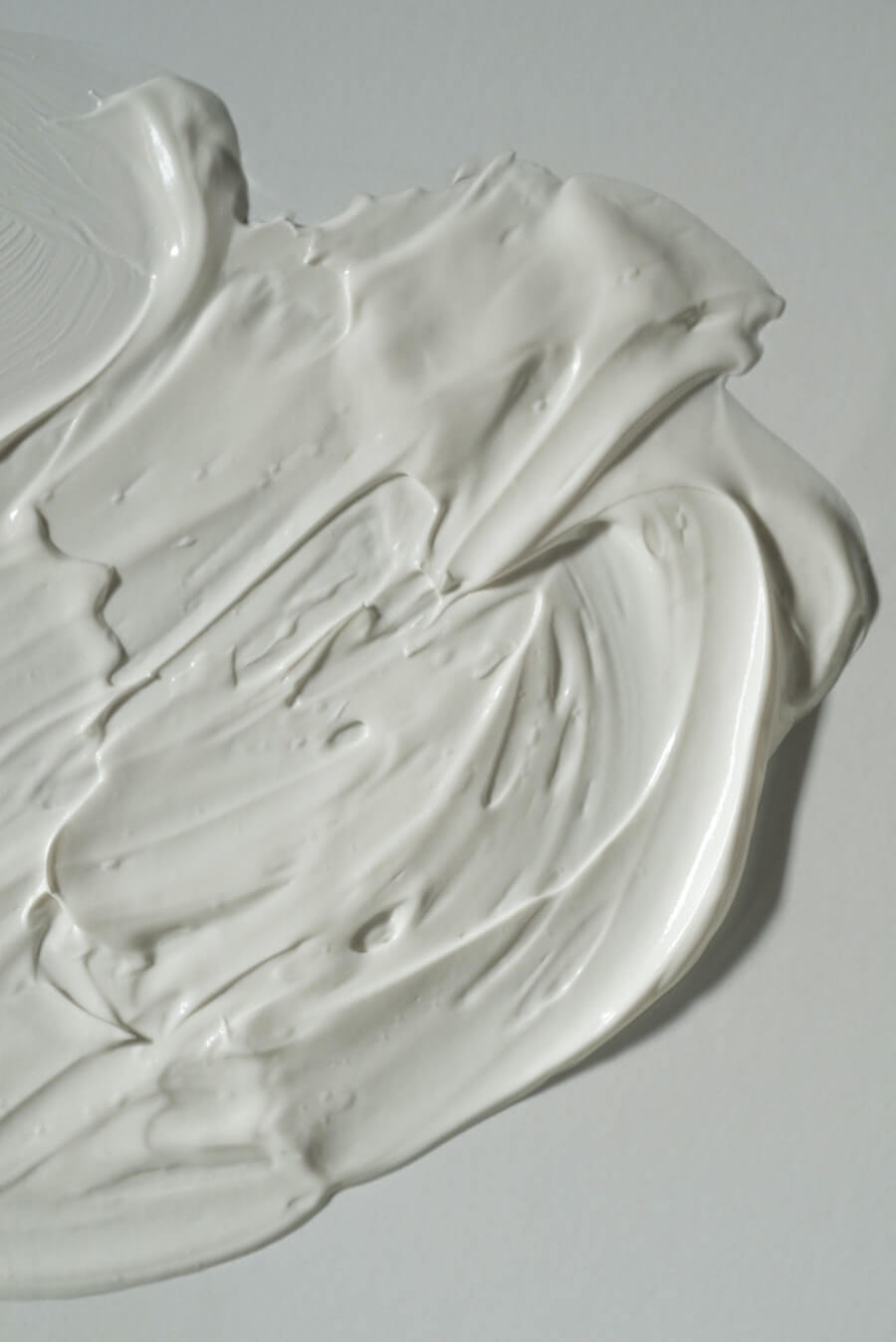[1] Marston, C. P., Pereira, C., Ferguson, J., Fischer, K., Hedstrom, O., Dashwood, W. M., & Baird, W. M. (2001). Effect of a complex environmental mixture from coal tar containing polycyclic aromatic hydrocarbons (PAH) on the tumor initiation, PAH–DNA binding and metabolic activation of carcinogenic PAH in mouse epidermis. Carcinogenesis, 22(7), 1077-1086.
[2] Thomas, P. Behind the Label: Head and Shoulders classic clean (July 2008). Available Online: http://www.theecologist.org/green_green_living/behind_the_label/269804/behind_the_label_head_and_shoulders_classic_clean.html. Accessed April 22, 2022.
[3] Coal Tar. Environmental Working Group’s Skin Deep cosmetic safety database. Available Online: http://www.ewg.org/skindeep/ingredient/701514/COAL_TAR/. Accessed April 22, 2022.
[4] Don’t use food or products made with coal tar dyes. March 2013. November 5, 2013.
[5] Coal Tar. Report on carcinogens 12 edition. Available Online: https://www.safecosmetics.org/wp-content/uploads/2022/08/12throc-complete.pdf. Accessed April 22, 2022.
[6] Merk, H. F., Mukhtar, H., Kaufmann, I., Das, M., & Bickers, D. R. (1987). Human hair follicle benzo [a] pyrene and benzo [a] pyrene 7, 8-diol metabolism: effect of exposure to a coal tar-containing shampoo. Journal of investigative dermatology, 88(1), 71-76.
[7] Coal Tar-Based Asphalt Pavement Sealcoat, PAHs, and Environmental Health. Available Online: https://www.usgs.gov/mission-areas/water-resources/science/coal-tar-based-pavement-sealcoat-pahs-and-environmental-health?qt-science_center_objects=0#qt-science_center_objects. Accessed April 22, 2022.
[8] Fysh, J. M., Andrews, L. S., Pohl, L. R., & Nebert, D. W. (1980). Differing degrees of coal-tar shampoo-induced mutagenesis in the Salmonella/liver test system in vitro. Pharmacology, 20(1), 1-8.
[9] Bonner, M. R., Han, D., Nie, J., Rogerson, P., Vena, J. E., Muti, P., … & Freudenheim, J. L. (2005). Breast cancer risk and exposure in early life to polycyclic aromatic hydrocarbons using total suspended particulates as a proxy measure. Cancer Epidemiology Biomarkers & Prevention, 14(1), 53-60.
[10] Pirydine. Material Data Safety Sheet. Available Online: https://fscimage.fishersci.com/msds/19990.htm. Accessed April 22, 2022.
[11] Pinsky, C., & Bose, R. (1988). Pyridine and other coal tar constituents as free radical-generating environmental neurotoxicants. Molecular and cellular biochemistry, 84(2), 217-222.


































